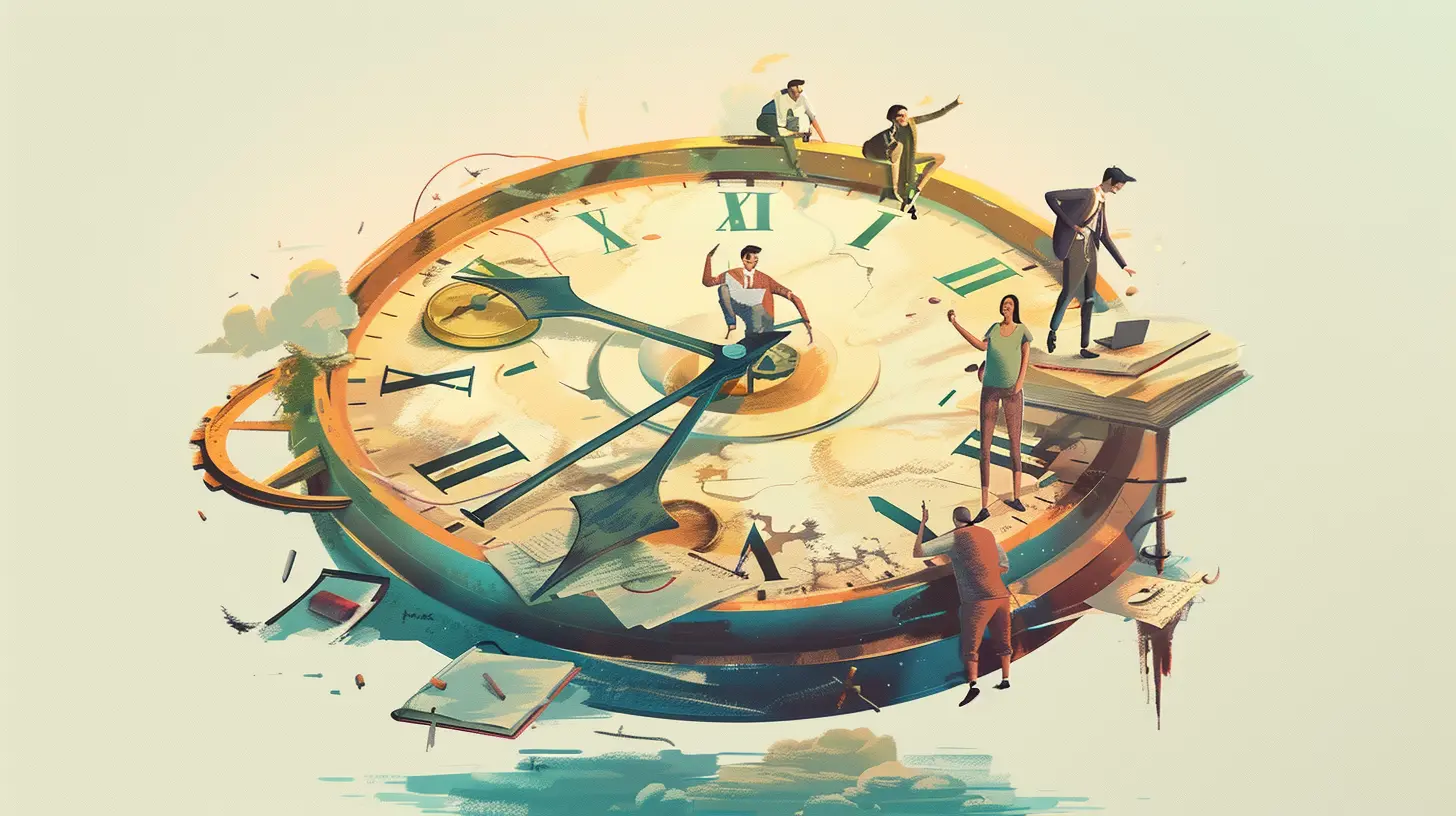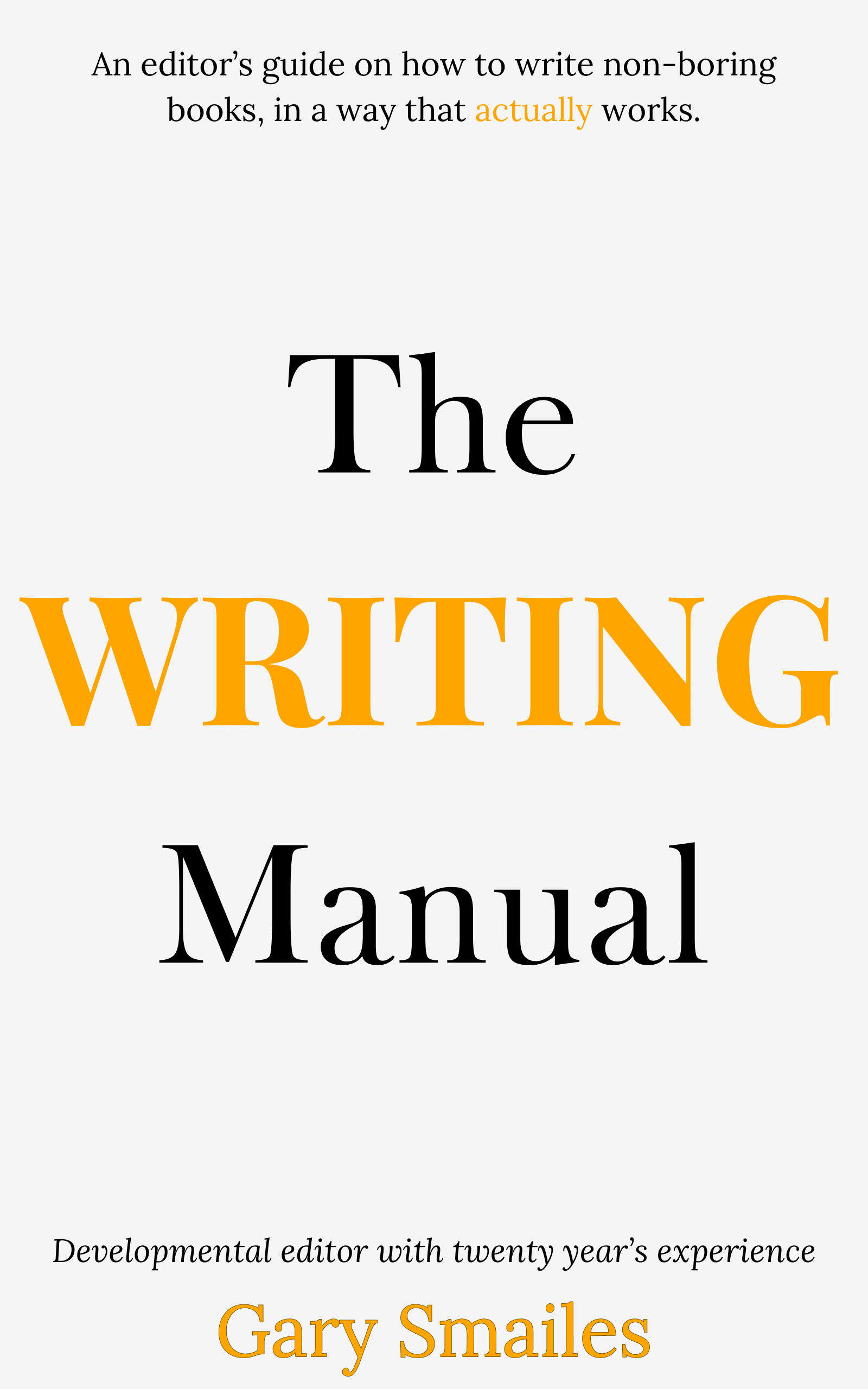



Understanding the timeline for a developmental edit is crucial for any writer aiming to polish their manuscript to perfection. But what exactly is a developmental edit? A developmental edit involves a comprehensive review of your manuscript, focusing on elements such as structure, character development, pacing, and overall story arc. Unlike copyediting or proofreading, which concentrate on grammar and syntax, developmental editing delves into the very essence of your story.
Why is knowing how long this process takes important? For one, it helps in planning your writing schedule, setting realistic deadlines, and managing expectations. It's also essential for budgeting both time and resources effectively. According to industry experts, the timeline for a developmental edit can vary based on several factors, which we will explore in this post.
BubbleCow, with its expertise in developmental editing, has helped many writers transform their manuscripts into compelling narratives. Understanding these timelines can make a significant difference in your writing journey.
In this article, we will discuss what a developmental edit entails, the factors influencing its duration, typical timelines for different types of manuscripts, tips to expedite the process, and answer some frequently asked questions. Let's dive in!
Table of Contents
A developmental edit is a deep dive into the core elements of your manuscript. It's not just about fixing grammar or punctuation; it's about enhancing the overall structure, improving character development, refining pacing, and ensuring the story arc is compelling and coherent. This type of editing focuses on the big picture and aims to make your narrative as strong as possible.
Developmental editing is crucial because it addresses fundamental aspects of storytelling that can make or break your manuscript. It ensures that the plot is engaging, the characters are well-developed, and the pacing keeps readers hooked. By addressing these elements, a developmental edit helps transform a good manuscript into a great one.
One common misconception is that developmental editing is the same as proofreading or copyediting. While proofreading focuses on correcting grammatical errors and copyediting improves sentence structure and flow, developmental editing looks at the story as a whole. Another misconception is that only beginners need developmental editing. Even seasoned writers can benefit from a fresh perspective to identify areas for improvement.
The benefits of developmental editing are manifold. It provides authors with a clear roadmap to enhance their manuscript, ensuring that the story is engaging and well-structured. It also offers valuable feedback that can help authors grow and improve their writing skills. Moreover, a well-edited manuscript is more likely to capture the attention of agents and publishers, increasing the chances of getting published.
Understanding the developmental editing process can help demystify the timeline and what to expect. This process involves several key stages, each designed to refine and enhance the overall quality of your manuscript.
The developmental editing process typically begins with a thorough read-through of the manuscript. The editor examines the structure, plot, pacing, character development, and overall story arc. This initial read-through helps the editor identify major areas that need improvement.
Each stage of this process is essential for shaping the manuscript into a compelling and cohesive story. The time required for each stage can vary, depending on factors such as manuscript length, complexity, and the level of revisions needed.
The duration of a developmental edit can vary widely due to several factors. Understanding these factors can help set realistic expectations and better plan your writing schedule.
The length of your manuscript is one of the most significant factors. Naturally, a longer manuscript will require more time to review and edit thoroughly. For instance, a 50,000-word novel will generally take less time to edit than a 100,000-word epic.
Complex stories with intricate plots, multiple subplots, and a large cast of characters demand more time and effort to edit. The editor needs to ensure that all elements are well-integrated and that the story flows seamlessly.
An author's experience and writing style also play a role. Manuscripts from newer writers may require more developmental work compared to those from seasoned authors. Additionally, a unique or experimental writing style might need more careful attention to maintain its essence while improving readability.
The editor's current workload and availability can impact the timeline. Editors often juggle multiple projects, so their schedules can affect how quickly they can complete your developmental edit.
The process often involves multiple rounds of revisions and feedback, which can extend the timeline. Effective communication between the author and editor is crucial to ensure that revisions are made promptly and accurately.
The genre of your manuscript can also influence the duration of the edit. Fiction often requires more attention to character development, plot structure, and pacing. In contrast, non-fiction might focus more on the clarity of information, logical flow, and factual accuracy.
Sometimes, a manuscript may require more than one round of developmental editing. Each additional round can add to the overall time required, but it also ensures a more polished and refined final product.
The timeline for a developmental edit can differ based on the type and length of the manuscript. Here are some general estimates for various types of works:
Short stories and novellas, typically ranging from 10,000 to 40,000 words, usually take between 1 to 2 weeks for a thorough developmental edit. The shorter length allows for quicker turnaround times, though complexity can still play a role.
For full-length novels, which often range from 70,000 to 120,000 words, the developmental editing process can take anywhere from 4 to 8 weeks. This timeframe accounts for the detailed analysis and multiple rounds of feedback needed to refine the manuscript.
Non-fiction manuscripts can vary greatly in length and complexity. A 50,000-word non-fiction book might take around 3 to 6 weeks, while more extensive works could require up to 3 months. The focus on factual accuracy and logical flow often demands meticulous attention.
These timelines are estimates and can vary based on the factors discussed earlier. It's always best to communicate with your editor to get a more accurate timeline tailored to your specific project.
While the developmental editing process is thorough and time-consuming, there are several strategies you can employ to expedite it without compromising quality. Here are some practical tips to help speed things along:
Before submitting your manuscript to an editor, make sure it is as polished as possible. This means conducting your own round of self-editing to catch obvious errors and inconsistencies. The cleaner the manuscript, the faster the editor can focus on deeper issues.
Communicate your objectives and expectations clearly with your editor. Identifying specific areas where you seek feedback or improvement can streamline the process and ensure both parties are on the same page.
Flexibility and openness to feedback can significantly speed up the revision process. Rather than debating every suggested change, consider the editor's expertise and focus on the overall improvement of your manuscript.
Work with your editor to set achievable deadlines for each stage of the editing process. Realistic timelines help maintain momentum and ensure that both you and your editor can manage other commitments effectively.
When you receive feedback, organize your revisions methodically. Tackle major structural changes first before moving on to finer details. This structured approach can make the revision process more efficient.
Leverage writing and editing tools to enhance your manuscript before submission. Software like Grammarly, ProWritingAid, and Scrivener can help catch grammatical errors and improve readability, making the editor's job easier.
Regular check-ins with your editor can help keep the process on track. Prompt responses to queries and updates can prevent delays and ensure a smoother workflow.
Understand that developmental editing often requires multiple rounds of revisions. Planning for these rounds in advance can help manage expectations and create a more efficient editing timeline.
Here are answers to some frequently asked questions about developmental editing.
A developmental edit provides a comprehensive review of your manuscript's core elements. Expect detailed feedback on plot structure, character development, pacing, and overall story coherence. The editor will highlight strengths and weaknesses and offer actionable suggestions for improvement.
The average rate for developmental editing varies depending on the editor's experience and the manuscript's complexity. Generally, rates range from $0.03 to $0.08 per word. Some editors may charge hourly rates, typically between $50 and $100 per hour.
The time it takes for an editor to complete a developmental edit depends on the manuscript's length, complexity, and the editor's workload. On average, a developmental edit for a full-length novel can take anywhere from 4 to 8 weeks. Shorter works like novellas or short stories may take around 1 to 2 weeks.
Developmental editing is a crucial step in the journey of transforming your manuscript into a polished, compelling story. By understanding the stages involved, the factors that influence the duration, and the typical timelines for different types of manuscripts, you can better prepare for the process and manage your expectations.
Employing strategies to expedite the process, such as preparing your manuscript thoroughly, maintaining clear communication with your editor, and utilizing writing tools, can help make the experience smoother and more efficient. Remember, the goal of developmental editing is to enhance your story's overall quality, making it more engaging and impactful for your readers.
Whether you're working on a short story, a full-length novel, or a non-fiction manuscript, the insights provided in this guide aim to equip you with the knowledge needed to navigate the developmental editing process effectively. Happy writing, and may your manuscript reach its fullest potential!

Claim your free eBook today and join over 25,000 writers who have read and benefited from this ebook.
'It is probably one of the best books on writing I've read so far.' Miz Bent